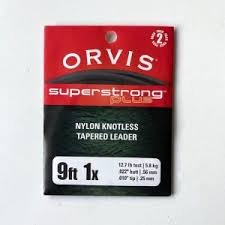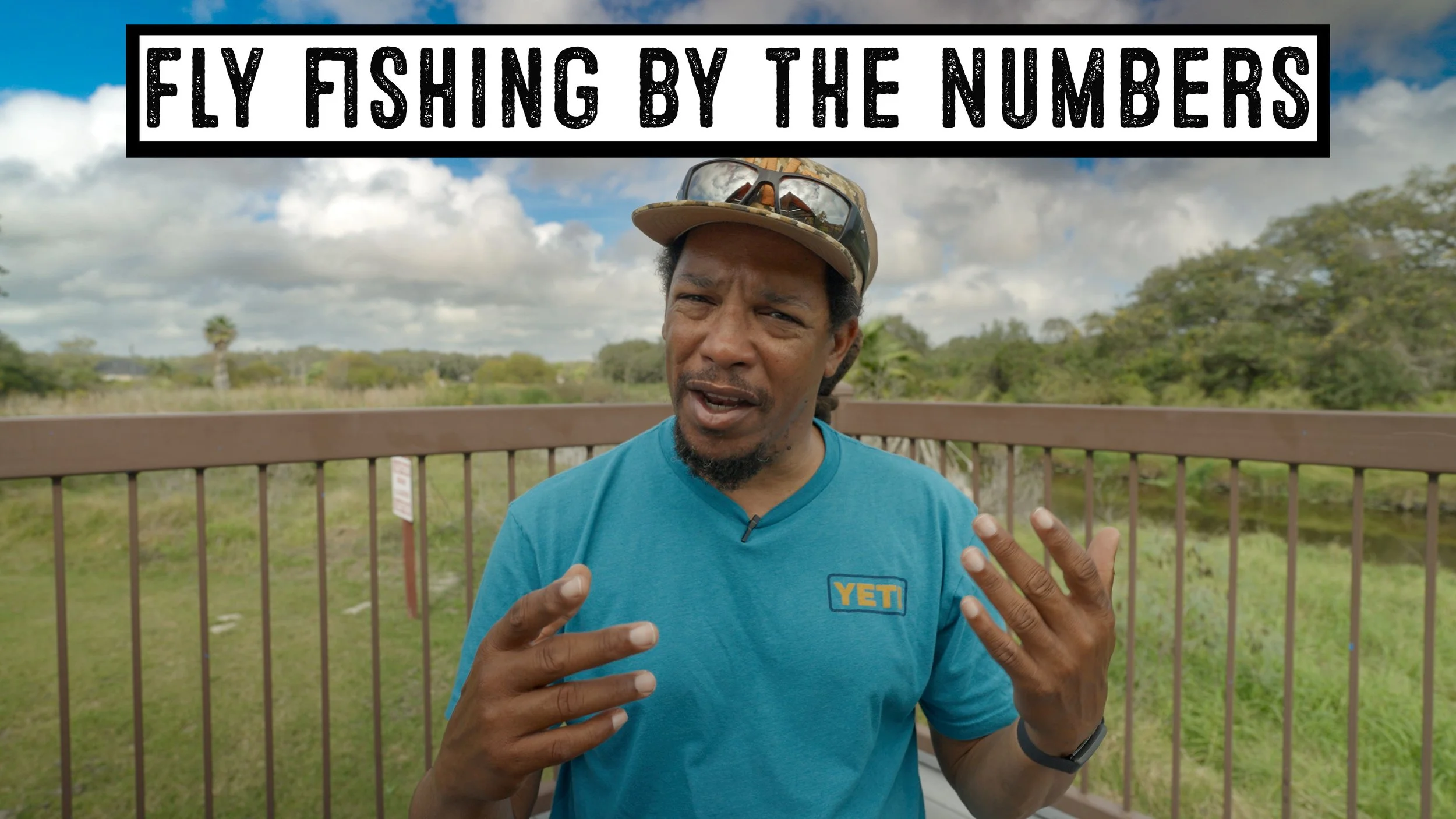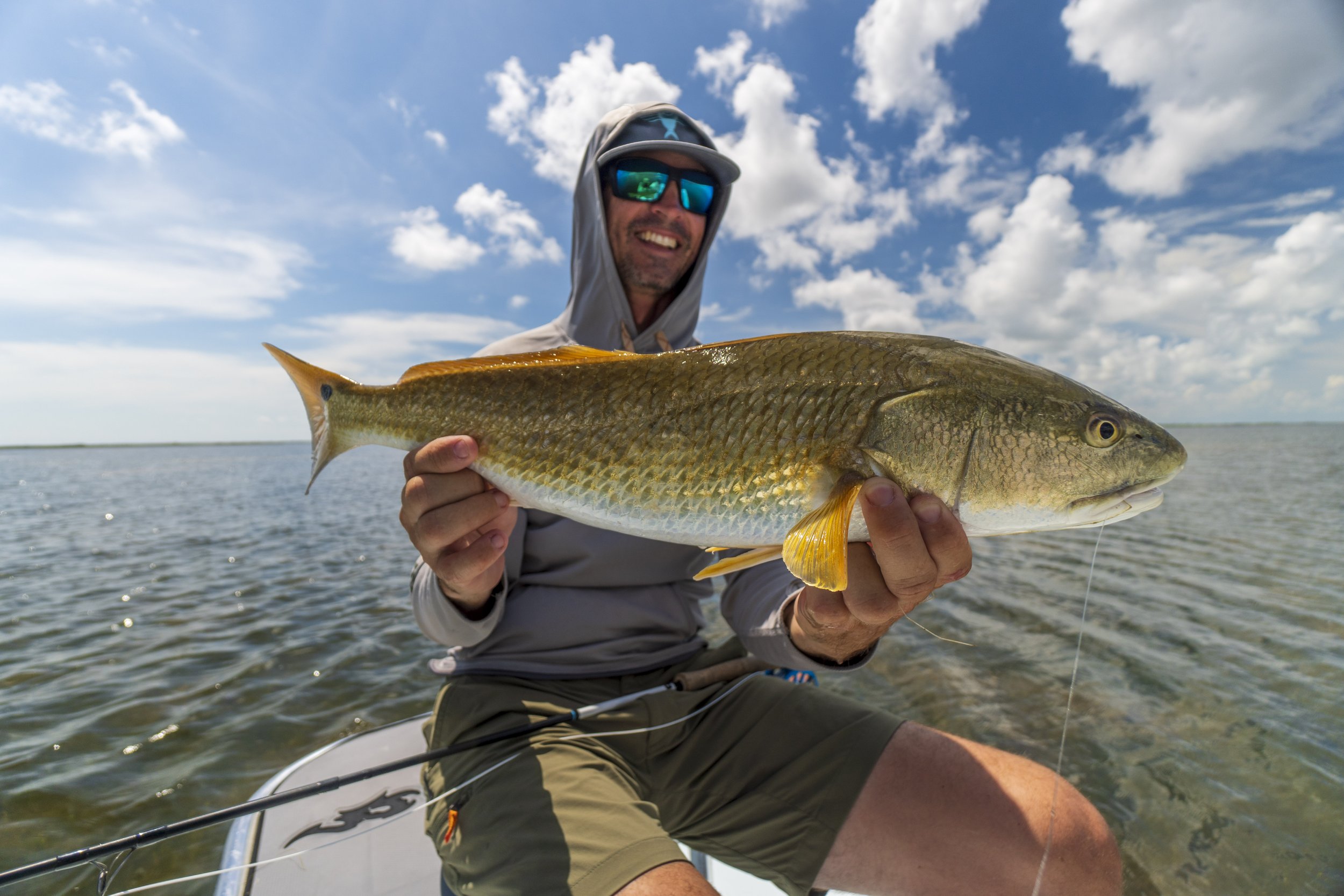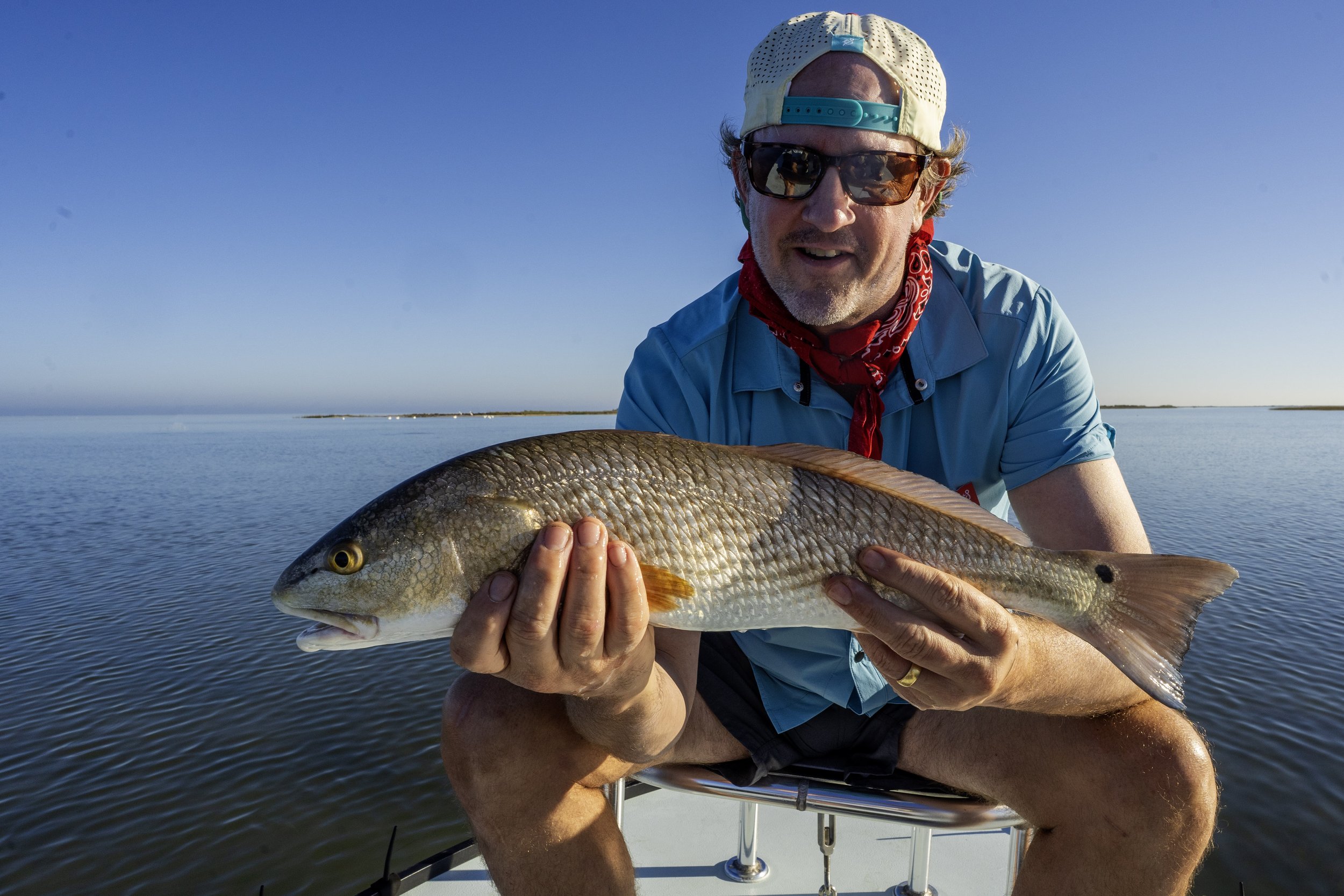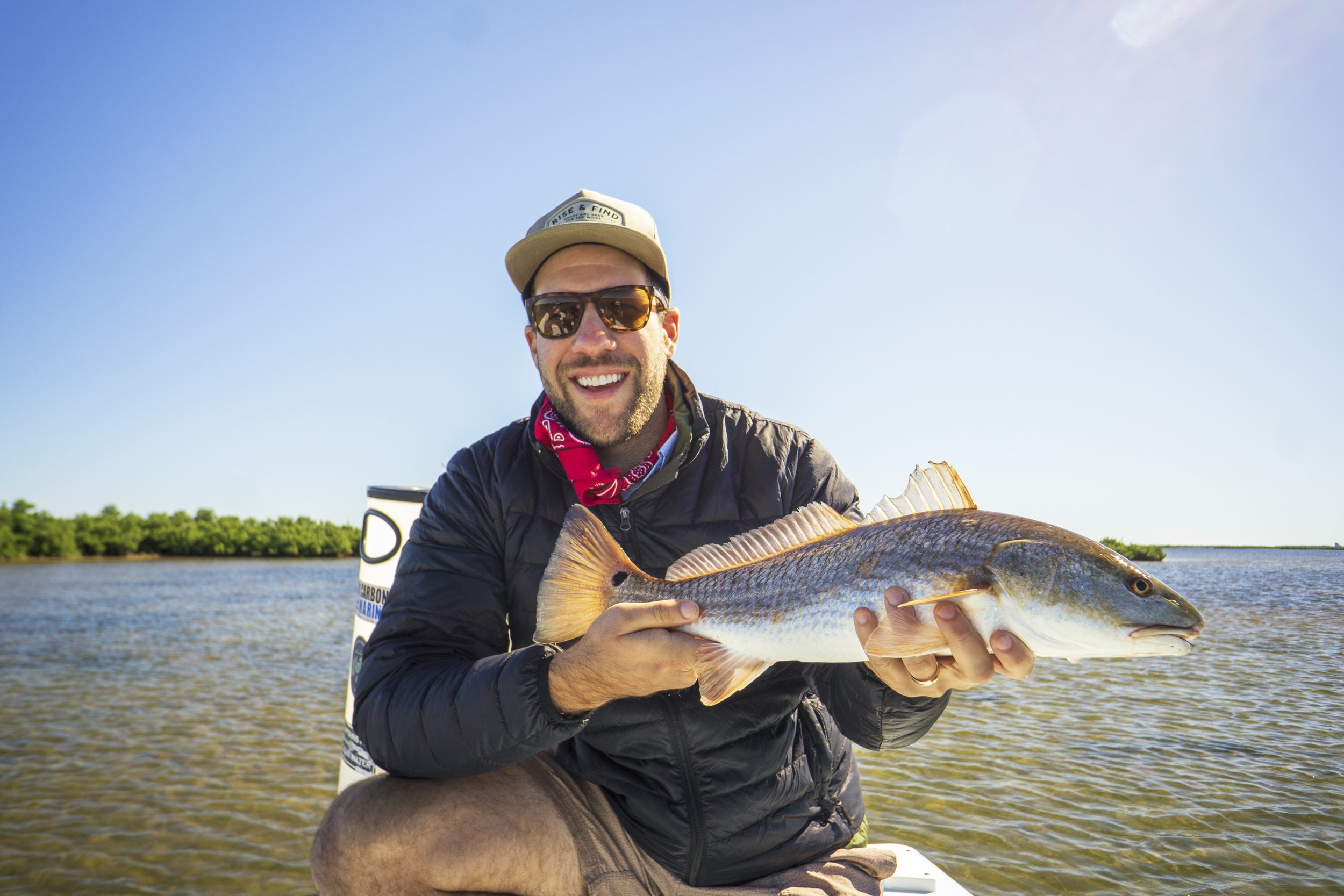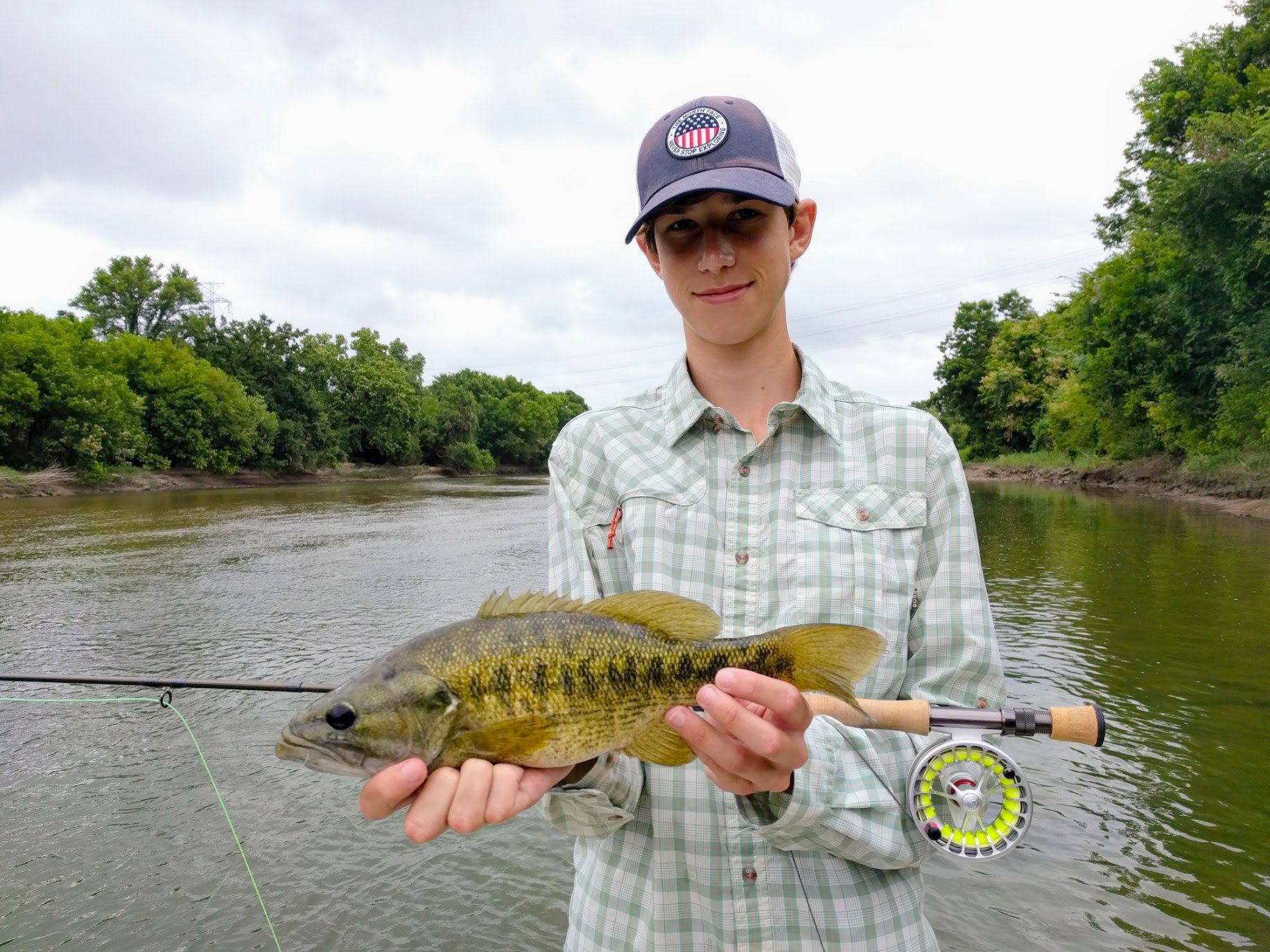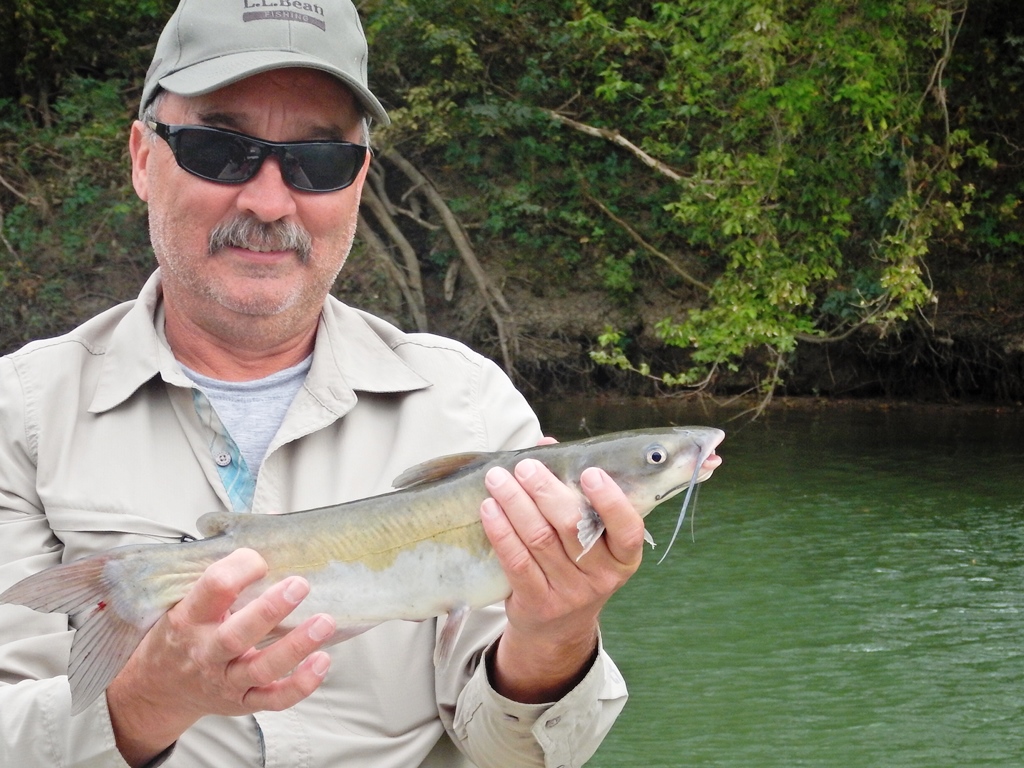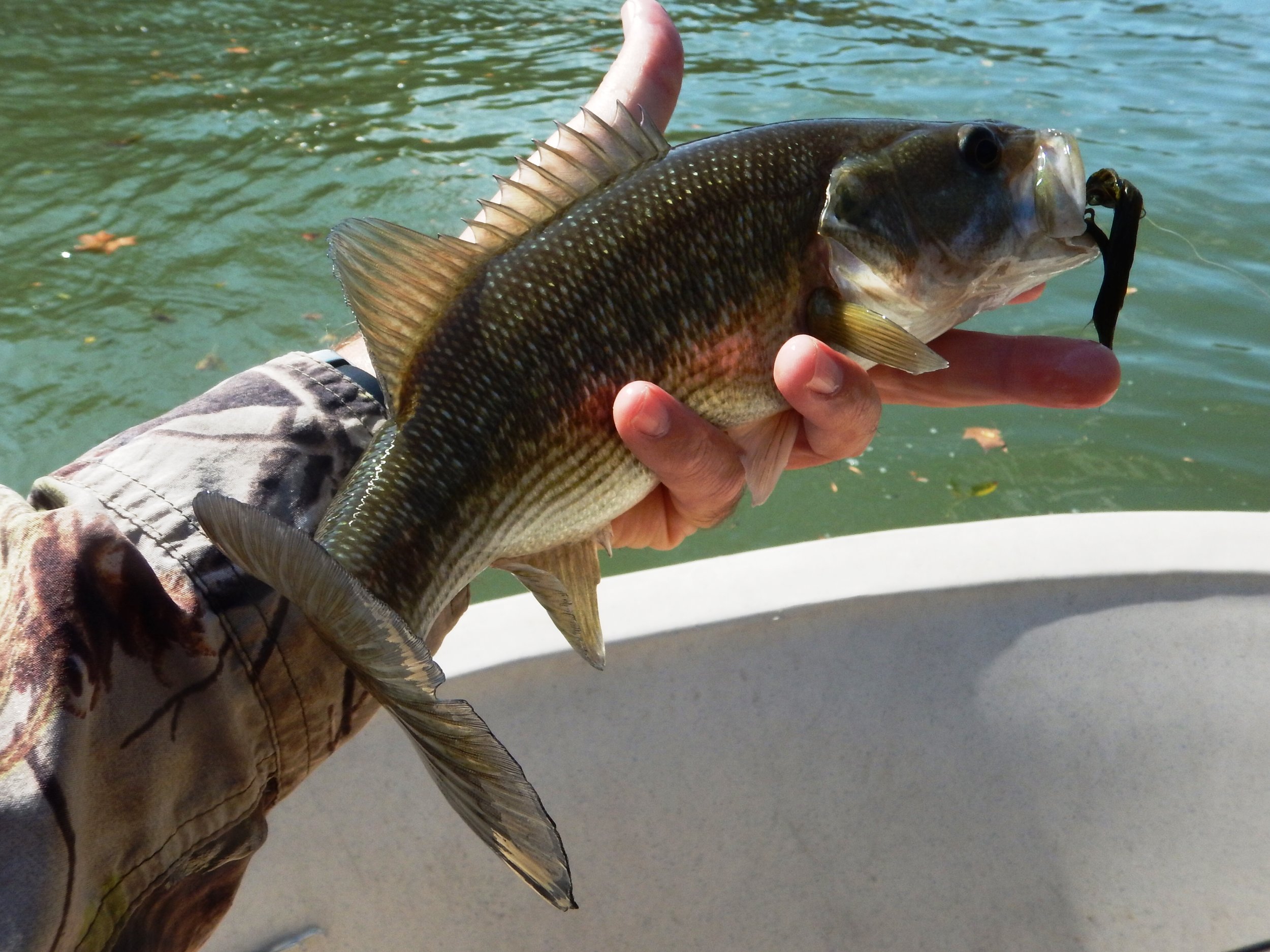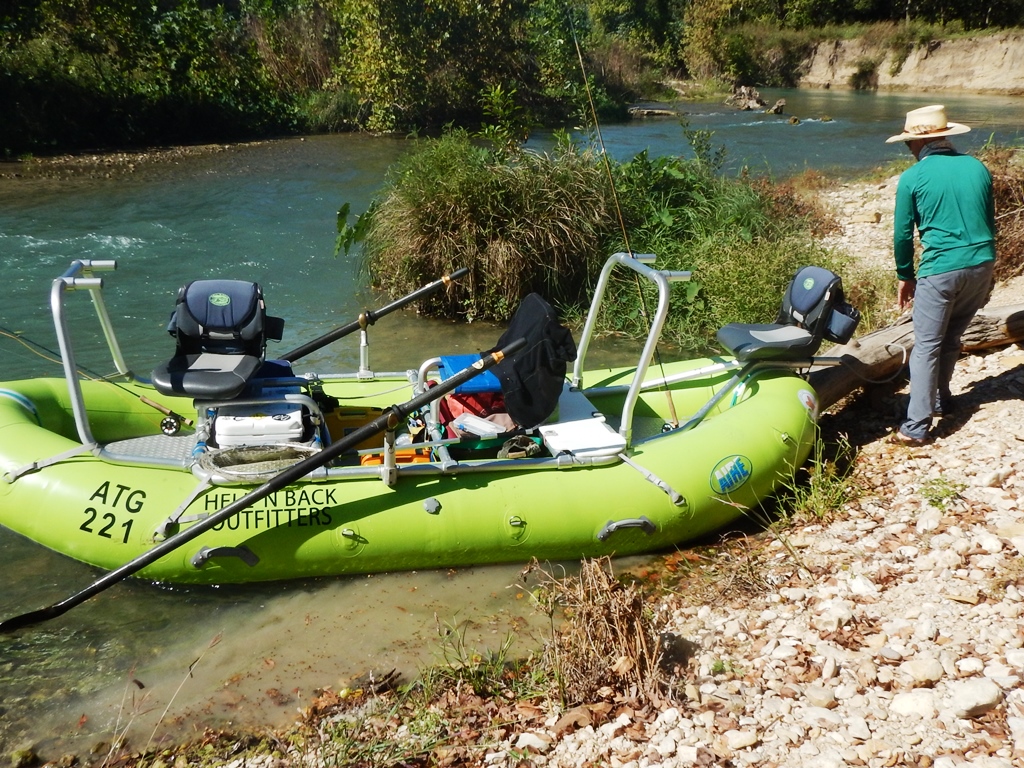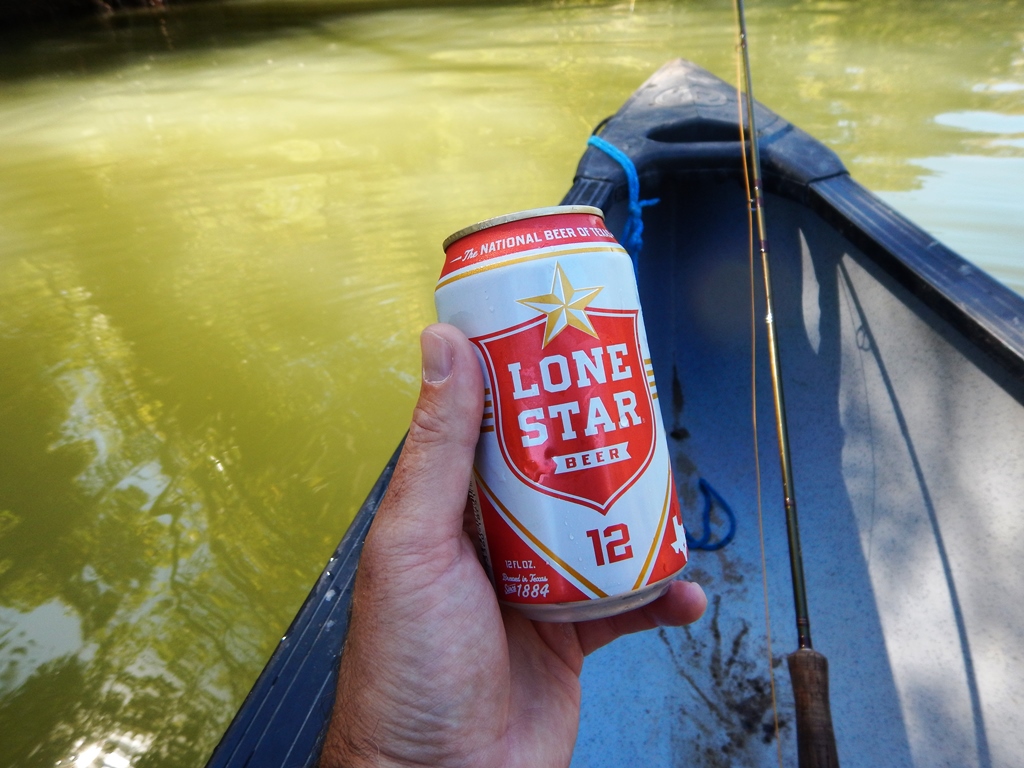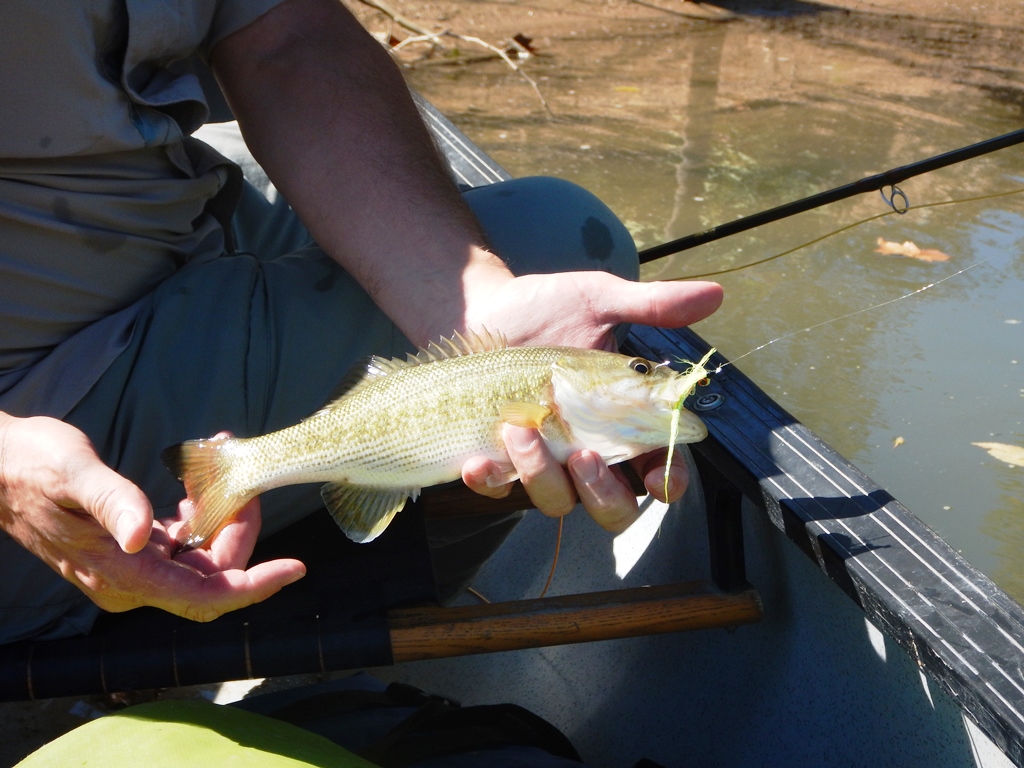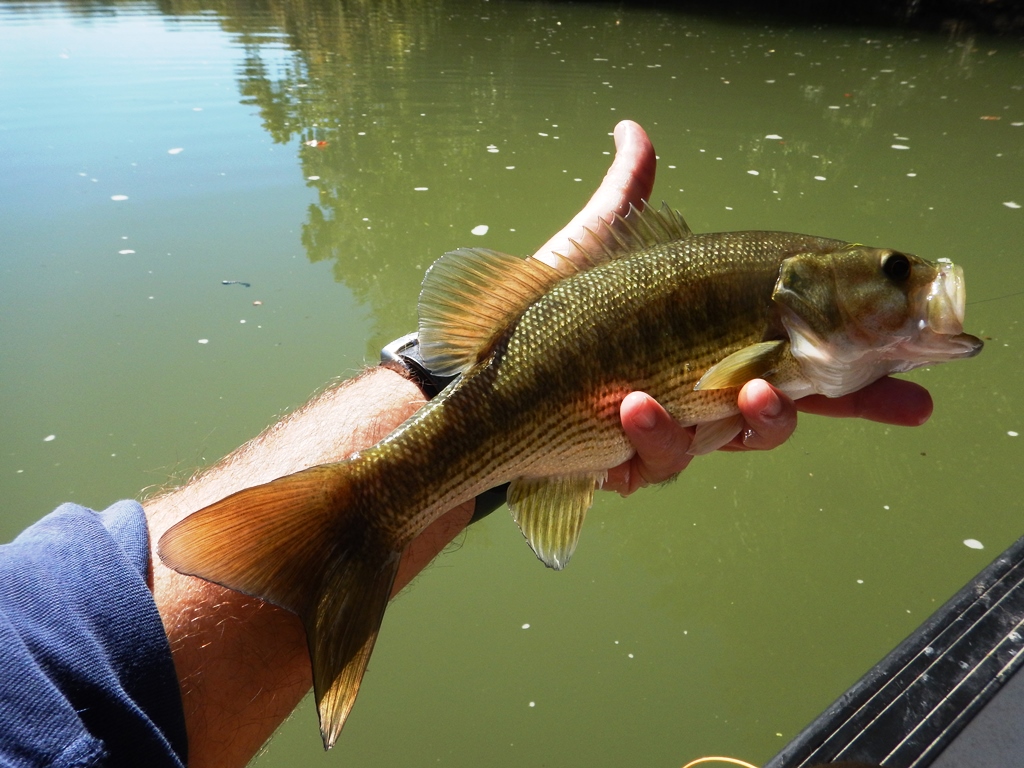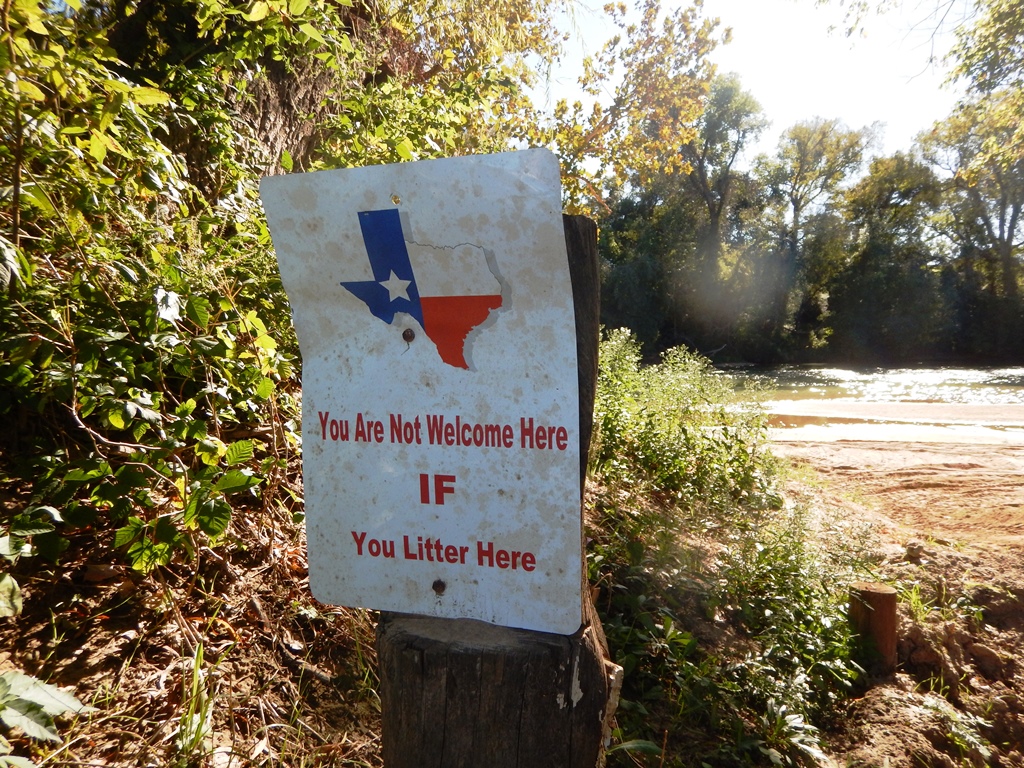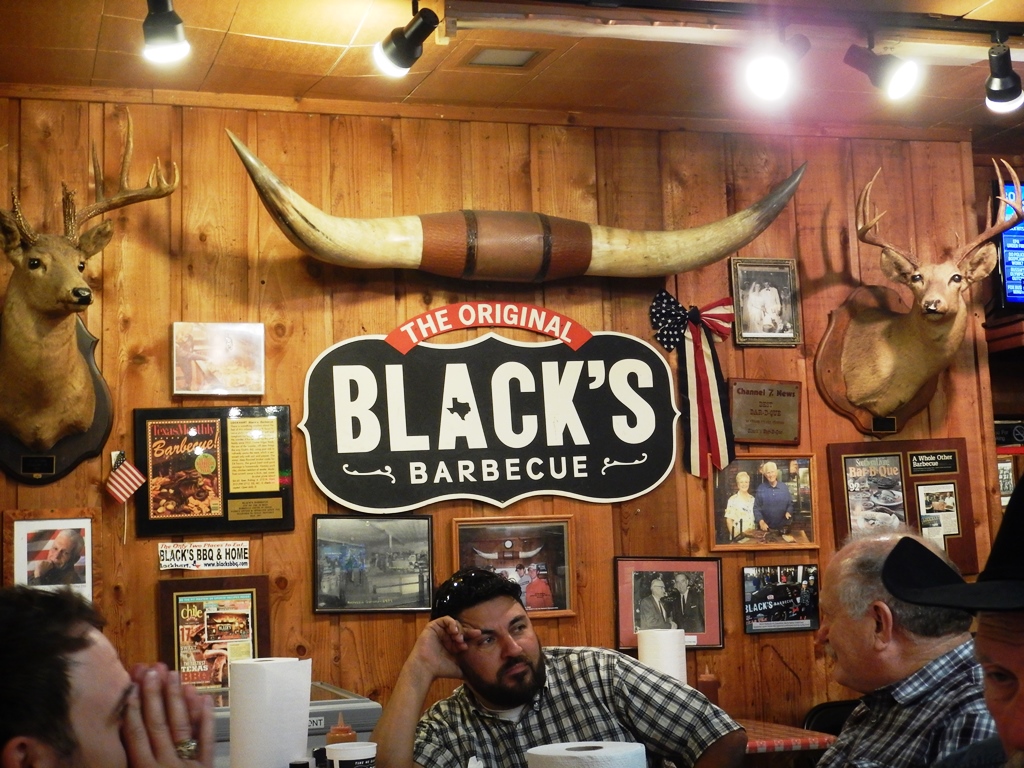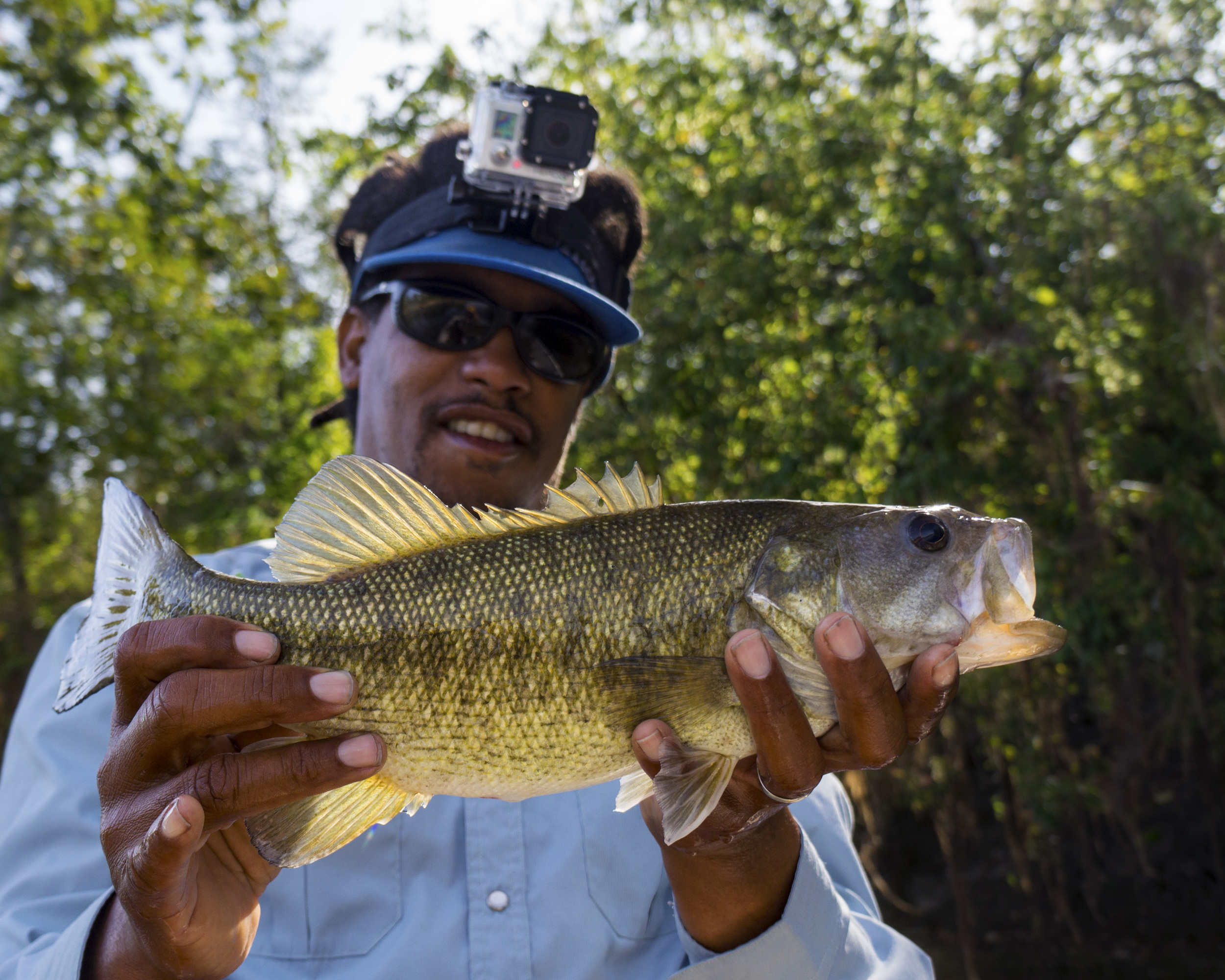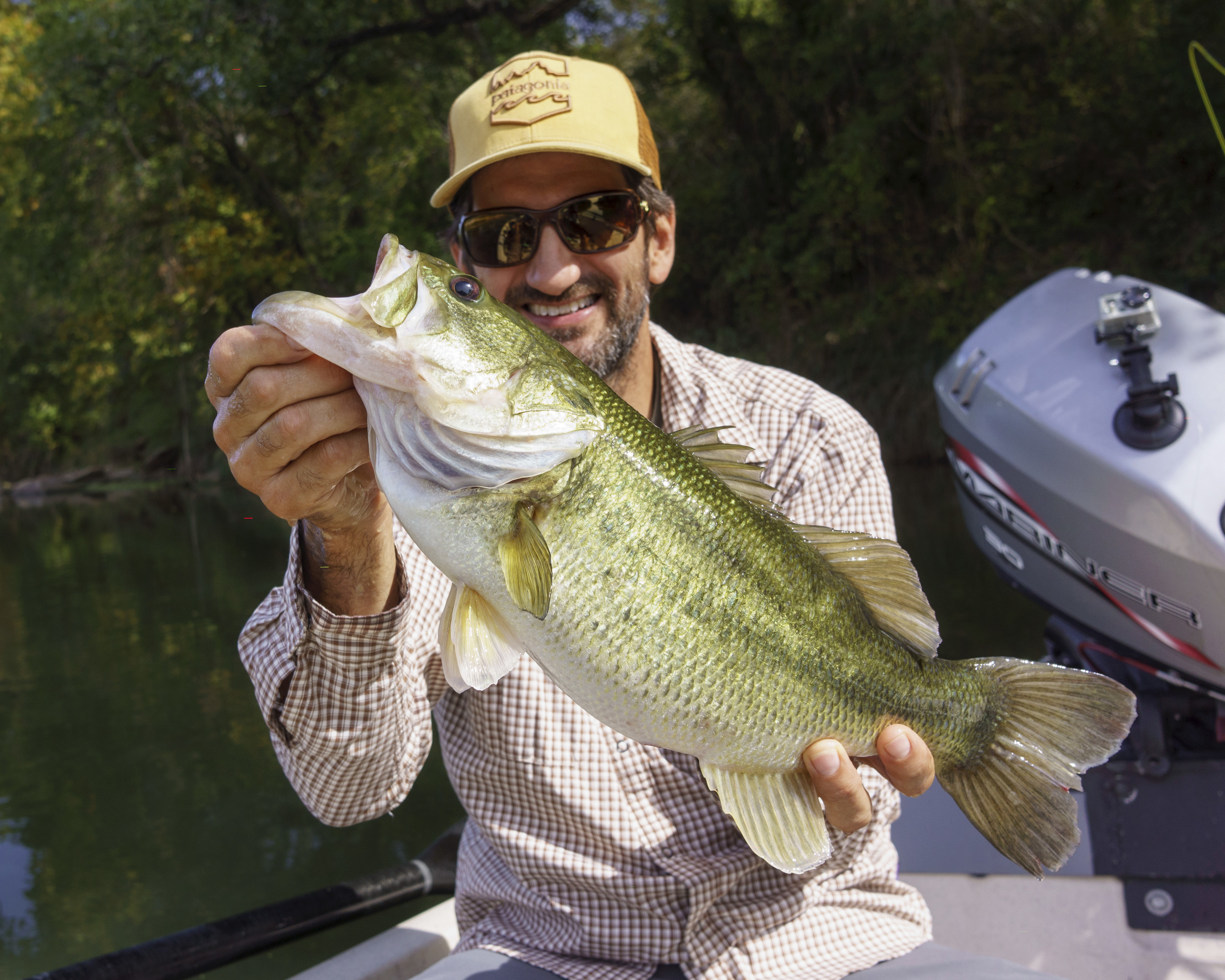Everything To Know About Leaders
Everything To Know About Leaders
Introduction to leaders: To make it really simple leaders are the monofilament attached to the end of a fly line, used for attaching flies.
Functions of leaders: There are many. They facilitate fly attachment, provide stealth by reducing splashing noise, and control energy transfer for gentle fly landings or turnover of bigger flies.
Types of leaders: Pre-tapered leaders come pre-packaged with loop-to-loop connections, while hand-tied leaders offer customization but require knot tying.
Components of leaders: They consist of a butt section (thickest), a tapered section, and a tippet (thinnest and replaceable part).
Specialty leaders: Include sinking line leaders for deep fishing, shock tippets for larger fish, and bite tippets for fish with sharp teeth.
Today, I'm going to tell you everything I know about leaders, Initially I was going to title the video everything you need to know about leaders, but I realized, I don't know everything there is to know about leaders, so I'm just going to tell you everything I know about leaders.
So what is a leader? I'm not talking about a president, a dictator, or a prime minister. I'm talking about the piece of monofilament that you attach to the end of your fly line that you tie your fly to. The piece of monofilament may be a single piece of monofilament, maybe multiple pieces of monofilament, maybe a thick piece, maybe a thin piece. We're going to get into all that.
So what does a leader do? Quite a few things, actually. Most people just think of it as a way to attach the fly to the end of your fly line. So the fly line is pretty thick. You can't really get the fly line through the eye of a hook and you need a leader to taper it down, so that is one thing a leader does that. The leader also provides some stealth. Obviously, the big thick fly line splashing down is much more likely to spook the fish than the thin monofilament. There's a couple of things that the leader can do or not do, depending on what type of fishing you're doing. So if you're doing something where you need a stealthy approach, you know trout, fishing fishing spooky fish on the flats, you need a fly to land nice and soft. Well, a leader's going to help you do that.
So what's happening as your fly line is rolling out. There's a little pocket of energy that's stored in the fly line, lots of physics we could go into, but I think that's a topic for another post. But basically, what's happening is that fly line is speeding up as it's moving away from you. And if you didn't have a leader on the end or if you had a short stout leader on the end fly line tends to kick and slap you fly down into the water. So think about it this way. The loop is like a baseball moving along at a certain velocity, actually speeding up, which is one of the crazy physics things about how the fly cast works. And then all of a sudden that baseball just smashes into the water. So that's what happens when you don't have a leader or if you have a short, stout leader. But imagine the baseball suddenly turned into a ping pong ball, which is what happens when that loop in the fly line hits that thinner diameter monofilament. So the longer and the thinner that leader is, the more of that energy gets spilled off as that loop hits the leader, so the more likely you fly is to land nice and gently.
Now the flip side of that is if you've got a big, bulky fly that is kind of pushing the limits of what your fly line can deliver. If you put a shorter and heavier leader on, it's going to transfer more of that energy and be more likely to turn that fly over. You know, it's going to land with a splash, but it's a big, bulky fly that is going to hit land with a splash, no matter what you do, but you just want to get that fly to turn over. So that's sort of the basic physics of the long, thin leader versus the short, heavy leader.
So short, heavy leaders turnover bigger flys transfer, more energy, and are more likely to make a splash. Long light leaders are going to spill more energy. The fly is going to land much more gently and with much more stealth. So that's two of the things kind of opposing things that your leader can do for you.
OK, so types of leaders, I just kind of lump them in two broad categories. One is a pre tapered leader that you buy that comes in a package. And then the other is a hand tied leader. So you've got multiple different diameters of material leader material that you tie together to make your own tapered leaders. They both have their pros and cons.
Obviously, the pre tapered leader is the easiest. You just take it out of the package, attach it to your fly line, put your fly on the other end and boom you're fishing. And most of your pre tapered leaders are going to have a loop. Most of your modern fly lines are going to have a loop, so you can make a loop to loop connection. Putting the fly on couldn't be any easier, right? OK, so there are some disadvantages, though, to the pre tapered leader. So you need a really specific leader for a specific type of fishing, and you may not be able to find a pre tapered one The tapered leaders are going to be more expensive.
If you buy a bunch of spools a tippet material and tie your own leaders, you can definitely save some money. And there's a lot more options if you're tying your own. You can make the taper however you want. You can put whatever size of tippet on. Whatever butt section you want, you can make whatever you want. Now the hand tied leaders have some cons as well. You know, one is the fact you have to spend the time learning, knots to put them together, and they're never going to be quite as smooth as a pre tapered leader. The other thing is, there's knots so knots may snag, knots may pick up weeds, that type of stuff. So there's pros and cons to both.
I use both. I use pre tapered leaders. I make hand tied leaders just depends what I'm doing. Personal preference is probably the most important factor when deciding what to do with your leaders.
OK, so the parts of your leader. I break them down in three basic parts. You have the butt section, you have the tapered section, and you have your tippett and this will be on hand tied leader or pre-tapered leader. Usually the butt section, that's the thickest part is going to be close to the diameter of your fly line. The Butt section is going to help transfer energy.
Then the taper section is exactly that. It goes from that thicker butt section down to a smaller diameter. There's all kinds of different formulas for tapers, both on pre tied leaders and hand tied leaders, and they have to do with how the energy is transferred. You know, you want a quick turnover, you want a slower turnover or a more stealthy turnover. It's almost as complicated as fly lines are. A lot of thought goes into it. Usually you grab one, you tie it on. It works, or it doesn't work. If you do your own tied leaders, it's something to think about. You know how quickly you go from that, butt section to the tippet section?
Now the tippet section is the end of the leader. So it's the part that is the minimum diameter for that leader. And it could be anywhere from one or two feet to six or eight feet, just depending on the application. The tippet is also the reusable part of the leader. It's one diameter, so you buy your tippet material and then you can rebuild that leader after you've changed flies a few times. Or if you want to, you can modify the leader. So if you have a 3x leader and you want to throw some small flies. You can put 3x, 4x or 5x tippet on that leader still get a pretty good knot, and still get a pretty good transition. And then your leader becomes much more versatile because you can change the tippet to suite the conditions and the leaders will last a lot longer. That is another one of the cons of the pre tapered leaders. They're going to be more expensive, so you want to have that tippet material so that you can rebuild those leaders while you're on the water and you're not going through a bunch of leaders every day.
Let's talk a little bit about specialty leaders. So leaders for sinking lines, leaders that have shock tippets, and leaders that have bite tippets. So for sinking lines, we typically use a much shorter leader. Having a longer leader sort of defeats the purpose of having a sinking line or sinking tip line. The line wants to sink because it's weighted, but the leader doesn't have any weight. So if you have a long leader is going to tend to kind of float up toward the surface or belly up toward the surface. Now that could be a bonus. You may have a situation where you want to suspend your fly above the bottom are above where that fly line is sinking, but typically you want to get your flies down. That's why you're using a sinking line, so a short, heavy leader is going to work better. Most of the time for sinking lines I tie my own leaders because not too many companies are selling three Foot Ox leaders, and that's basically what we use. A lot of the time even heavier. I do like to taper them with a butt section and a tippet. You can just go with a single piece of heavy mono for your sinking tip leaders.
Next up is leaders with bite tippets and shock tippets. A leader with a bite tippet will have a piece of wire somewhere between six inches, eight inches, maybe even a foot at the end. If you're fishing for some fish that has a lot of teeth, you like Barracuda, or Dorado, the wire will keep the fish from cutting you off when they grab the fly.
Shock tippets are usually some really heavy mono to prevent breakage due to abrasion. If a fish has a rough mouth or gill plates, think tarpon or snook. You don’t have to use wire because these fish don't have teeth, but you do want to avoid abrasion from rough gill plates. For these leaders you'll put 40, 60, 80 even 100 pound shock tippet on the end of your leader. You will still have the tippet, you know, the ten, 15, 20 pound tippet. But then on the end of the leader, you'll have that heavy mano to prevent abrasion.
OK, so we just kind of scratched the surface of the world of leaders with this post. You can get really deep into it like a lot of other aspects of fly fishing, and you can make it as simple or as complicated as you want. I kind of like to stay in that middle zone. You know, there are times when you do need to get some specific leaders, but a lot of times you'll be surprised at how far you can get with a couple of really basic leaders. I use the same leaders for Redfish that I use for bass. So there is no need to make this any harder than it absolutely has to be.

